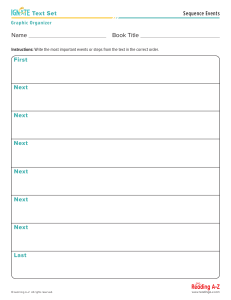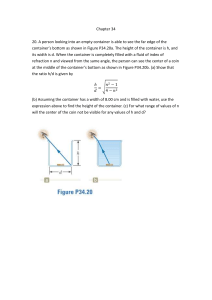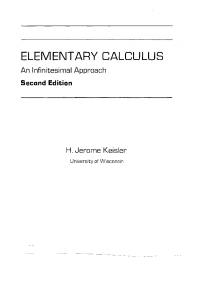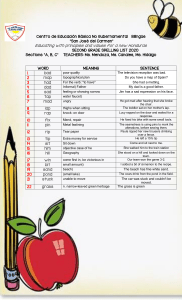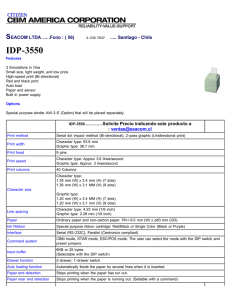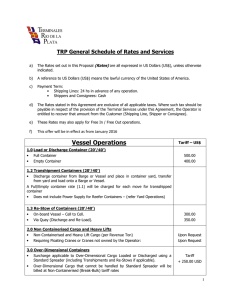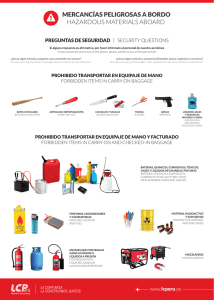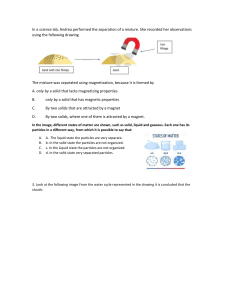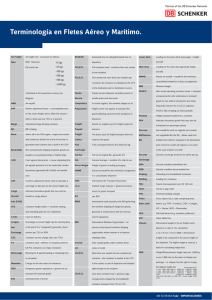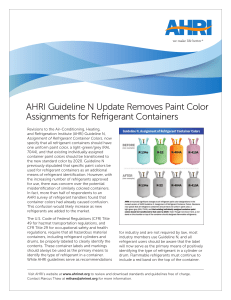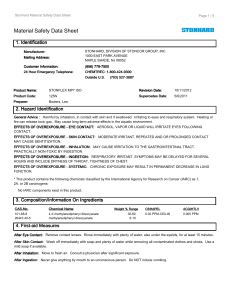Boyle's Law
Anuncio
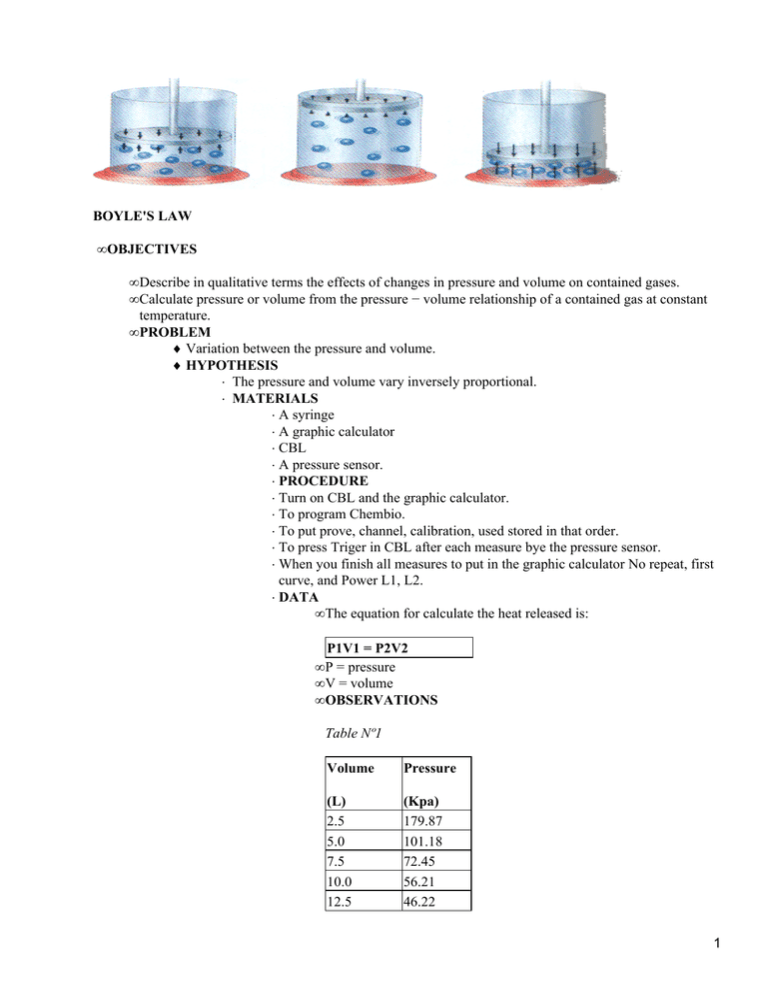
BOYLE'S LAW • OBJECTIVES • Describe in qualitative terms the effects of changes in pressure and volume on contained gases. • Calculate pressure or volume from the pressure − volume relationship of a contained gas at constant temperature. • PROBLEM ♦ Variation between the pressure and volume. ♦ HYPOTHESIS ◊ The pressure and volume vary inversely proportional. ◊ MATERIALS ⋅ A syringe ⋅ A graphic calculator ⋅ CBL ⋅ A pressure sensor. ⋅ PROCEDURE ⋅ Turn on CBL and the graphic calculator. ⋅ To program Chembio. ⋅ To put prove, channel, calibration, used stored in that order. ⋅ To press Triger in CBL after each measure bye the pressure sensor. ⋅ When you finish all measures to put in the graphic calculator No repeat, first curve, and Power L1, L2. ⋅ DATA • The equation for calculate the heat released is: P1V1 = P2V2 • P = pressure • V = volume • OBSERVATIONS Table Nº1 Volume Pressure (L) 2.5 5.0 7.5 10.0 12.5 (Kpa) 179.87 101.18 72.45 56.21 46.22 1 15.0 17.5 38.72 33.73 • ANALYSIS • CONCLUSIONS ♦ When the pressure goes up, the volume goes down. ♦ The relationship between pressure and volume is inversely proportional. ♦ The product of volume and pressure at any two sets of conditions is always constant at a given temperature. ♦ Pressure increased when volume decreased because the gas molecules have minor space and the container received most fight by the molecules inside its. ♦ The collision of the particles in a gas with the walls of the container is gas pressure. ♦ The pressure in the container increases in proportion to the number of gas particles inside its. ♦ The gases' constituent corpuscles stand still always they are in contact whit others. ♦ The gases' constituent corpuscles can compress them, this one explains their capacity for to decreased the volume when a exterior pressure affects them. ♦ The volume of a container easily accommodates whichever number of particles. ♦ The mechanics process in a laboratory make, sometimes, we obtain wrong answers. 2
